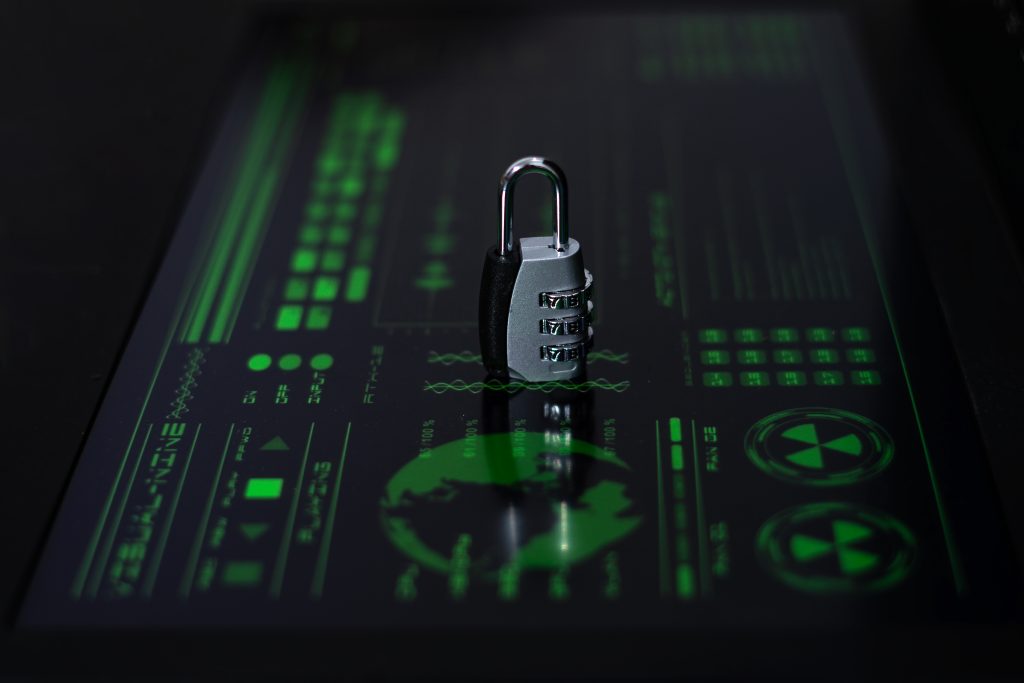In an era of rapidly evolving cyber threats and increasingly complex IT infrastructures, the traditional “castle and moat” security approach no longer suffices. Enter the Zero Trust Model—a next-generation security paradigm that challenges conventional notions of perimeter-based defenses.
What is the Zero Trust Model?
At its core, the Zero Trust Model is built around a simple but powerful principle: Never trust, always verify. Unlike legacy security models that assume everything inside a network is trustworthy, Zero Trust insists that every user, device, and network request must be continuously authenticated and authorized.
This model enforces least privilege access, ensuring that no user or system has more access than absolutely necessary. By minimizing implicit trust, Zero Trust reduces the risk of insider threats and lateral movement within the network.
Key Components of Zero Trust Security
Implementing Zero Trust involves several key components:
- Identity and Access Management (IAM): Ensuring robust authentication and authorization for all users and devices.
- Microsegmentation: Dividing networks into granular segments to contain potential breaches.
- Continuous Monitoring: Real-time analysis of user and device behaviors to detect anomalies.
- Endpoint Security: Strengthening device-level security, including encryption and patch management.
- Multi-Factor Authentication (MFA): Adding extra layers of security to verify identities.
Why is Zero Trust Gaining Popularity?
Several factors are driving the adoption of Zero Trust:
✅ Remote Work: As hybrid work becomes the norm, securing access beyond the corporate perimeter is essential.
✅ Cloud Adoption: More businesses are migrating to the cloud, where traditional perimeter defenses are ineffective.
✅ Rising Cyber Threats: Ransomware, phishing attacks, and insider threats are evolving rapidly, making Zero Trust a proactive strategy.
Is Zero Trust Right for Your Organization?
Before implementing Zero Trust, consider the following questions:
- Do you have clear visibility into your users, devices, and applications?
- Can you enforce granular access controls and continuous monitoring?
- Are you ready to rethink your security posture for a more dynamic, risk-based approach?
Conclusion: Embrace the Future of Security
The Zero Trust Model represents a paradigm shift in cybersecurity—one that aligns with the realities of today’s digital landscape. By adopting Zero Trust, organizations can reduce their attack surface, limit the impact of potential breaches, and build a more resilient security foundation.
Are you ready to embrace Zero Trust and redefine your security strategy? Stay ahead of the curve—start your Zero Trust journey today!



